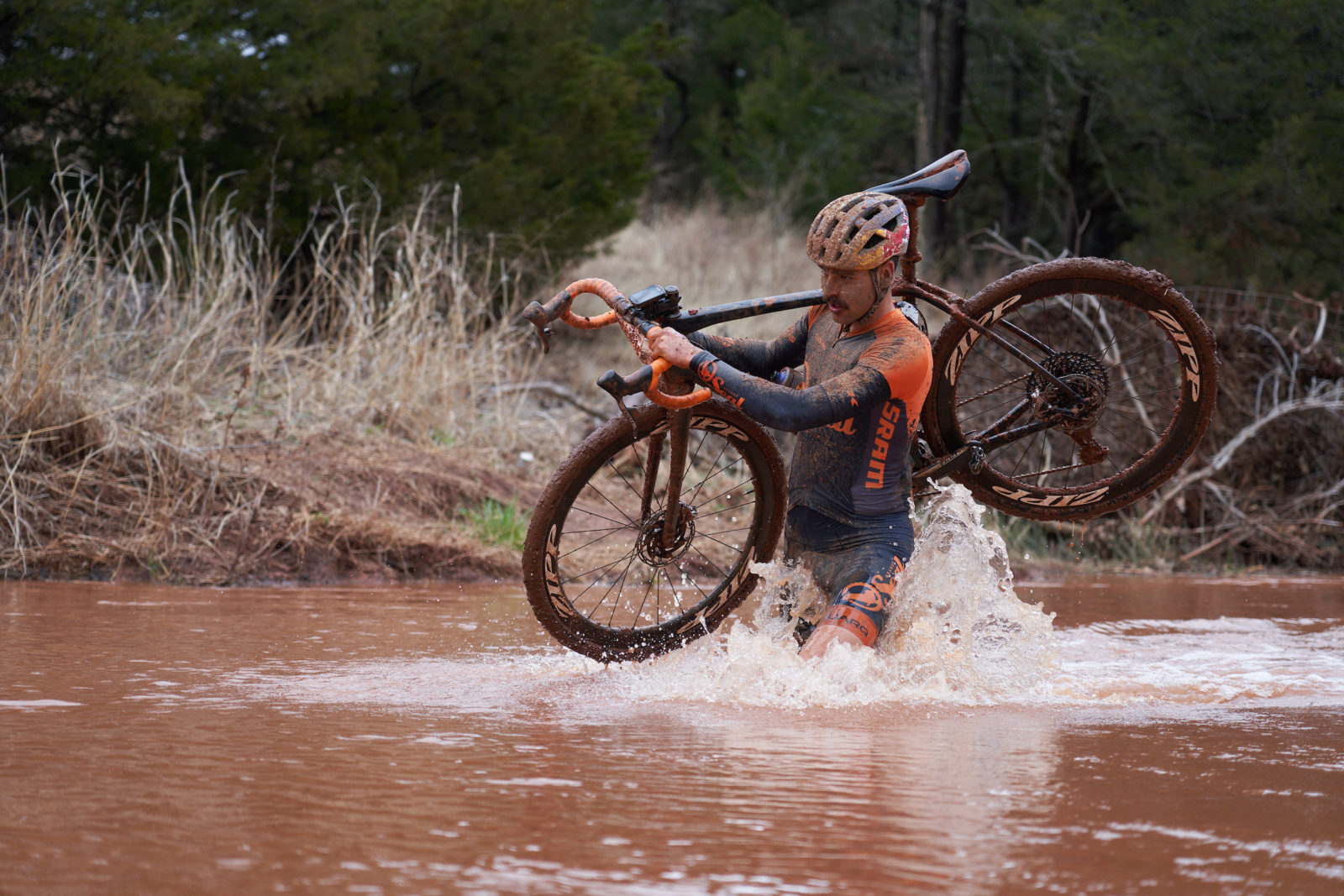Maintaining and Cleaning Gravel Bike Helmets: A Guide for Cyclists

Key Point Summary of Maintaining and Cleaning Gravel Bike Helmets:
- Regular Cleaning Routine: Understanding the importance of frequent cleaning to maintain helmet integrity and rider safety.
- Proper Storage and Handling: Tips on how to store and handle your helmet to extend its lifespan.
- Inspection and Replacement: Knowing when to inspect your helmet for damage and when it’s time to replace it.
Having honed my skills over the years in a range of cycling disciplines, including mountain biking, gravel biking, and cyclocross, I’ve garnered valuable insights into the crucial role of maintaining gear, particularly helmets. This guide is crafted to impart practical tips and knowledge, primarily for novice to intermediate cyclists. Leveraging my personal journey and experiences, I aim to guide you through the nuances of effectively maintaining and cleaning your gravel bike helmet.
The Importance of a Clean Helmet
Why Clean Your Helmet?
Your helmet isn’t just another piece of gear; it’s a vital safety component. Dirt, sweat, and grime can degrade its materials over time, not to mention causing unpleasant odors. Regular cleaning is not just about aesthetics; it’s about preserving the helmet’s integrity and, by extension, your safety.
Reflecting on an experience, I recall a time following a muddy cyclocross race when I overlooked the proper cleaning of my helmet. The consequences were evident during its next use – the straps had become rigid, and the comfort liner developed an unwelcome odor. This incident taught me a valuable lesson: failing to adequately care for your helmet can not only reduce its longevity but also impact its comfort and functionality.

Cleaning Gravel Helmets: Step-by-Step Guide
- Remove Removable Parts: Start by detaching any removable pads or liners from the helmet. These components typically require a different cleaning approach than the helmet’s shell.
- Gentle Wash for Pads/Liners: I suggest using a gentle, bike-specific cleaner like Muc-Off Helmet & Visor Cleaner or a mild baby shampoo such as Johnson’s Baby Shampoo for washing these parts. Dilute them in warm water for effective yet material-safe cleaning.
- Cleaning the Shell: For the helmet’s shell, use a soft microfiber cloth (like those from E-Cloth or Norwex) or a non-abrasive sponge. Combine this with a mild soap, like Dawn Dishwashing Liquid, for a safe and effective clean. For tougher grime, a soft-bristled brush from brands like OXO Good Grips can be useful. Remember to avoid any abrasive materials or harsh chemicals.
- Drying: Post-cleaning, allow the pads, liners, and helmet to air dry in a well-ventilated area at room temperature. Avoid direct exposure to sunlight or high heat sources to prevent deformation or weakening. A room with consistent temperature, such as those maintained by Honeywell or Dyson fans, can provide an ideal drying environment.
By incorporating these specific recommendations for cleaners, tools, and drying conditions, you can ensure a more thorough and safe cleaning process for your gravel bike helmet.
Storing and Handling Your Helmet
Proper Storage
Keep your helmet in a cool, dry place. Avoid leaving it in a car or any area where it can be exposed to extreme temperatures or direct sunlight, which can weaken its structure.
Handling Care
Treat your helmet with care. Dropping it or throwing it around can cause unseen damage that compromises its safety.
Routine Inspections and Knowing When to Replace
Regularly inspect your helmet for any cracks, strap fraying, or dents. If you’ve had a crash, it’s essential to replace the helmet, even if there’s no visible damage. The structural integrity might be compromised.
There was an instance where I experienced a minor tumble, and initially, my helmet appeared to be unscathed. However, a more thorough examination later revealed a subtle crack. This was a definitive indicator that the helmet had sustained an impact, necessitating its immediate replacement.
FAQ
What is the best thing to clean a helmet with?
The best thing to clean a helmet with is mild soap and water, using a soft cloth or sponge for gentle cleaning. Avoid harsh chemicals or abrasive materials.
Is it okay to wash the helmet?
Yes, it is okay to wash your helmet, but do so with a damp cloth or sponge using mild soap and water, and avoid soaking it completely. Here’s another complete guide from Global Cycling Network.
Can I soak my helmet in water?
No, soaking your helmet in water is not recommended as it can damage the materials and compromise the helmet’s structural integrity. It’s better to clean it with a damp cloth or sponge.
Final Thoughts
Maintaining and cleaning your gravel bike helmet is crucial for both hygiene and safety. Regular cleaning, proper storage, and routine inspections can extend the life of your helmet and ensure it offers maximum protection when you need it most.
A well-maintained helmet is not just a companion on your rides; it’s a lifesaver. Happy gravel riding!
John






